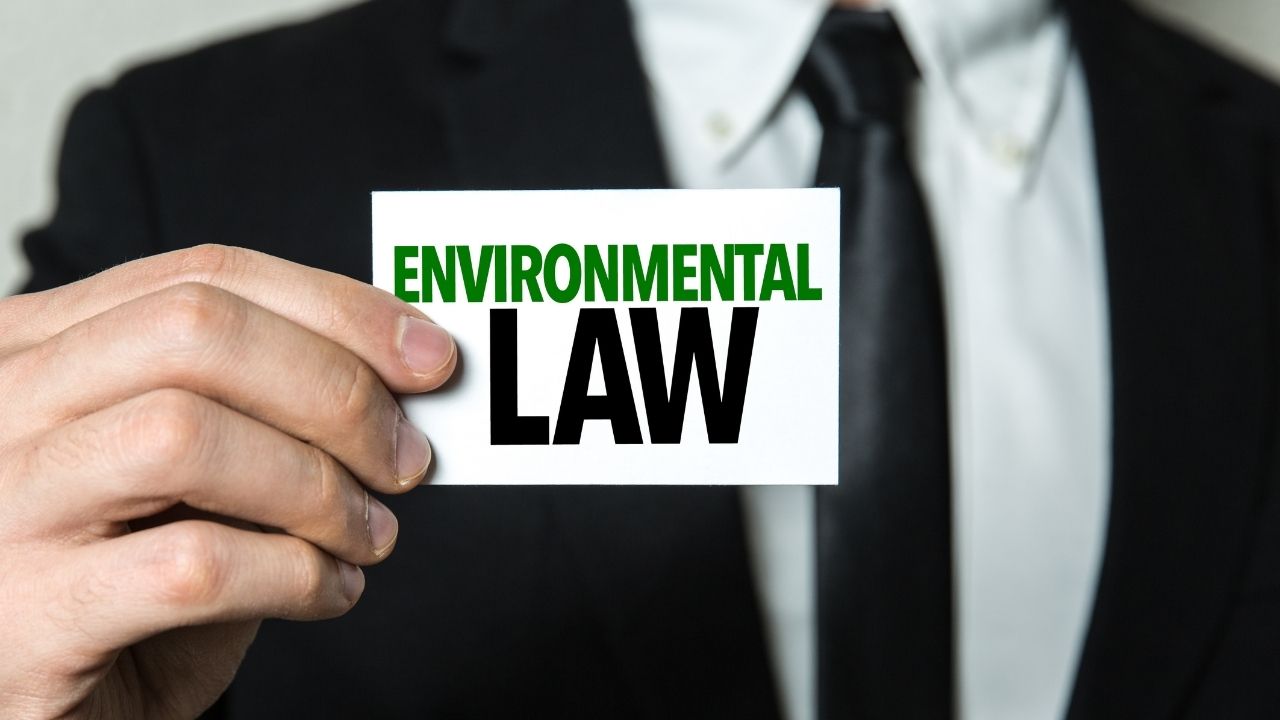The environmental Laws of India help to ensure the protection of the environment and other natural resources and to prevent pollution. In this blog, we will discuss the major Environmental Laws of India and their provisions. Let’s begin with the background of the formation of Environmental Laws and the Ministry of Environment and Forests (MoEF).
Ministry of Environment and Forests (MoEF)
India’s constitutional framework and international commitments clearly reflect the necessity for environmental protection and conservation, as well as the sustainable use of natural resources. As we all know, Part IVA (Article 51A-Fundamental Duties) of the Indian Constitution imposes a duty on every Indian citizen to safeguard and improve the natural environment, including forests, lakes, rivers, and animals, as well as to have compassion towards living beings.
Following the Stockholm Conference, the Department of Science and Technology established the National Council for Environmental Policy and Planning in 1972 as a regulatory agency to oversee environmental issues. Later, the Council became a full-fledged Ministry of Environment and Forests (MoEF).
The Ministry of Environment and Forestry (MoEF) was created in 1985. It is now the country’s primary administrative authority for regulating and ensuring environmental protection. MoEF also establishes the legal and regulatory framework for it.
A variety of environmental laws have been in effect since the 1970s. The following comprise the country’s regulatory and administrative core for environmental protection:
- The Ministry of Environment and Forests (MoEF)
- The CPCB, Central Pollution Control Board
- SPCBs, State Pollution Control Boards
The National Green Tribunal Act, 2010
The National Green Tribunal Act, 2010 (NGT Act) was enacted with the goal of establishing a National Green Tribunal (NGT). The NGT shall ensure the effective and timely resolution of issues connected to environmental protection and other natural resource conservation. Along with that, it deals with civil cases that come under the following Environmental Laws of India:
- The Water (Prevention and Control of Pollution) Act, 1974,
- The Water (Prevention and Control of Pollution) Cess Act, 1977,
- The Forest (Conservation) Act, 1980,
- The Air (Prevention and Control of Pollution) Act, 1981,
- The Environment (Protection) Act, 1986,
- The Public Liability Insurance Act, 1991 and
- The Biological Diversity Act, 2002.
The NGT does not have jurisdiction over two major acts:
- The Wildlife (Protection) Act of 1972
- The Scheduled Tribes and Other Traditional Forest Dwellers (Recognition of Forest Rights) Act of 2006.
This limits the NGT’s authority and, makes it difficult for it to function. The Act came into effect on October 18, 2010.
The Water (Prevention and Control of Pollution) Act, 1974
- The Water (Prevention and Control of Pollution) Act of 1974 (the “Water Act”) was enacted to prevent and control water pollution and to maintain or restore the wholesomeness of water in the country.
- Also, it established Boards for the prevention and control of water pollution in order to carry out the aforementioned objectives.
- The Water Act makes it illegal to dump pollutants into water bodies beyond a certain level. And, it imposes penalties for non-compliance.
- The CPCB was established at the national level by the Water Act. It establishes requirements for the prevention and management of water pollution.
- SPCBs work under the direction of the CPCB and the State Government at the state level.
Also read: What are Water Pollutants? – Definition, Sources, and Types
- In 1977, the Water (Prevention and Control of Pollution) Cess Act was enacted to provide for the imposition and collection of a cess on water consumed by persons engaged in certain types of industrial operations.
- The Government collects this tax to supplement the funds available to the Central Board and State Boards for the prevention and control of water pollution.
The Air (Prevention and Control of Pollution) Act, 1981
- The Air (Prevention and Control of Pollution) Act, 1981 (the “Air Act”) establishes boards at the national and state levels to prevent, control, and abate air pollution.
- This act established ambient air quality standards to combat the difficulties connected with air pollution.
- It aims to reduce air pollution by forbidding the use of polluting fuels and substances, as well as regulating air-polluting appliances.
- The Air Act allows the State Government to proclaim any place or area within the State as an air pollution control area or areas after consulting with the SPCBs.
- SPCBs must consent to the establishment or operation of any industrial facility in the pollution control area under the Act.
- SPCBs will also check pollution control equipment and production processes. It can also test the air in air pollution control areas.
If you wish to know more about air pollution, do check out our blogs on air pollution: Air Pollution Effects and Causes – A complete overview, Air Pollution Causes – A Comprehensive Guide
The Environment Protection Act, 1986
- The Environment Protection Act of 1986 (the “Environmental Act”) establishes a framework for investigating, planning, and executing long-term environmental safety regulations.
- It creates a framework for the coordination of federal and state bodies established under the Water Act and the Air Act.
- Under the Environment Act, the Central Government can take measures to protect and improve the environment’s quality by establishing standards for emissions and discharges of pollution into the atmosphere.
- It can also regulate the location of industries; manage hazardous wastes; and protect public health and welfare.
- The Central Government provides notices under the Environment Act for the protection of ecologically vulnerable areas from time to time, as well as guidance for issues covered by the Act.
Also read: Environmental Impact Assessment (EIA) – Process and Benefits
Conclusion
Mere implementation of Environmental Laws doesn’t guarantee the conservation of forests and other natural resources. Strict implementation of these laws, stringent punishment of the defaulters, and creating awareness among the public about the provisions of the laws are also needed for protecting our environment. It is our duty to preserve the natural resources and transfer them to our future generations with the same wholesomeness and greenery.
That was it about the Environmental Laws of India. In case of any queries, please feel free to ask in the comments. Happy Learning.



